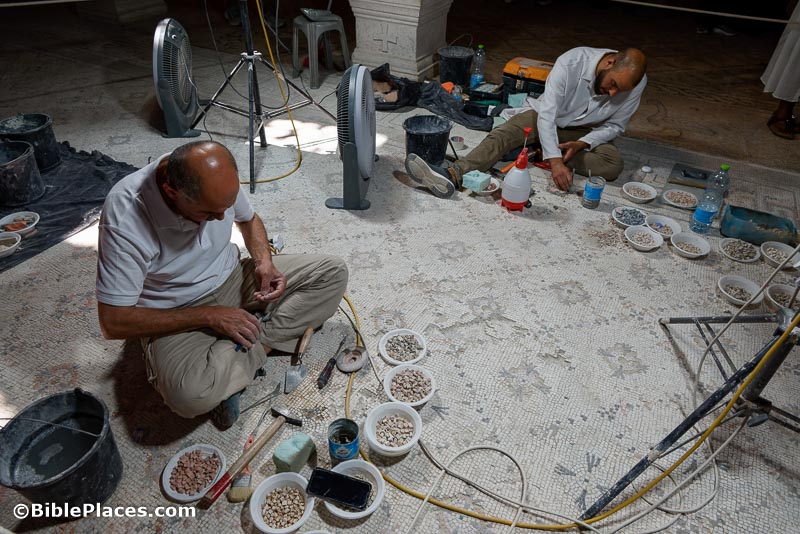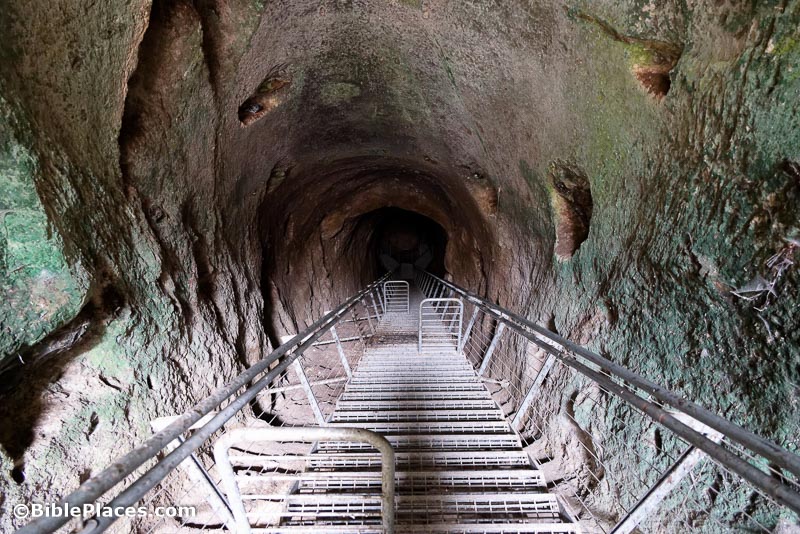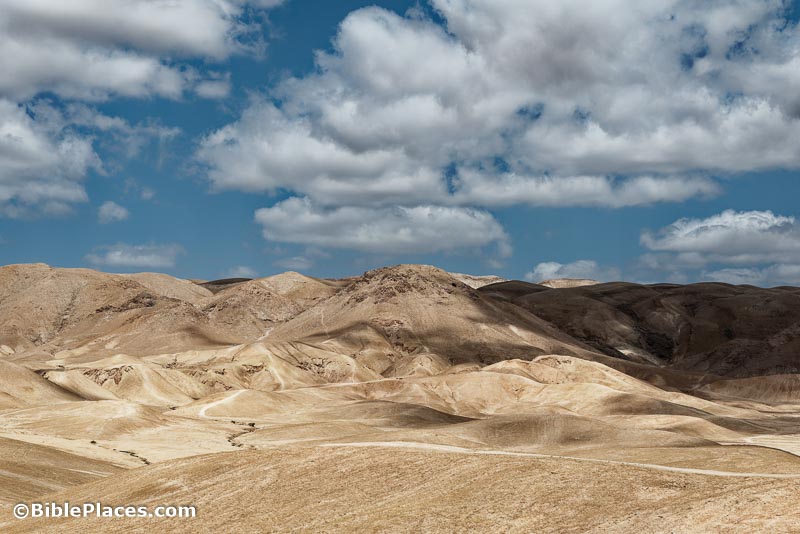In the 11th and final season at the Huqoq synagogue, Jodi Magness discovered additional sections of the Samson mosaic panels along with a new mosaic section with an enigmatic Hebrew inscription and an Aramaic inscription identifying the synagogue’s donors or artists. The site will now be developed into a tourist attraction.
“Skulls and lamps found in the Twins Cave in the Jerusalem Hills indicate that the cave was used for necromancy rituals” in Hellenistic and Roman times.
A new study has determined that Caesarea was destroyed by a giant tsunami in the aftermath of the AD 749 earthquake.
Tim Chaffey follows up his introductory article on the location of the temple with a more extended study, arguing that Ernest L. Martin and Robert Cornuke “are highly selective in their use of source material, even to the point where they remove the most relevant details from passages of Scripture.”
Nathan Steinmeyer describes how the Central Timna Valley Project conducts experiments to determine how people in the Chalcolithic period smelted copper.
Jamie Fraser has been appointed to be the new director of the Albright Institute in Jerusalem.
New release: The Excavations at Khirbet el-Maqatir: 1995–2001 and 2009–2016. Volume 2: The Late Hellenistic, Early Roman, and Byzantine Periods, edited by Scott Stripling and Mark A. Hassler (Archaeopress, £85; free download)
Chandler Collins writes about the “Russian Compound Plateau” in Jerusalem, including the recent excavation of a portion of the Third Wall there.
Carl Rasmussen has posted a new photo of the Methuselah date palm tree.
Ferrell Jenkins shares a new photo he took of the village of Nain, where Jesus raised a dead boy back to life.
Abigail Leavitt writes about her visits to the excavations at Tel Burna.
Israel’s Good Name provides a well-illustrated report on his visit to Ein Harod.
Your humble roundup writer teaches a Bible chapter a week nearly every Sunday morning (with photos), but he generally stays away from the pulpit. With the pastor on sabbatical and the situation desperate, my church lowered the standard. There’s not much geography or archaeology in a sermon on “Jesus the Servant,” but it is a subject I love very much.
HT: Agade, Joseph Lauer, Explorator
These men are hard at work restoring an ancient mosaic in the Church of the Multiplication of Loaves and Fish at Tabgha.


